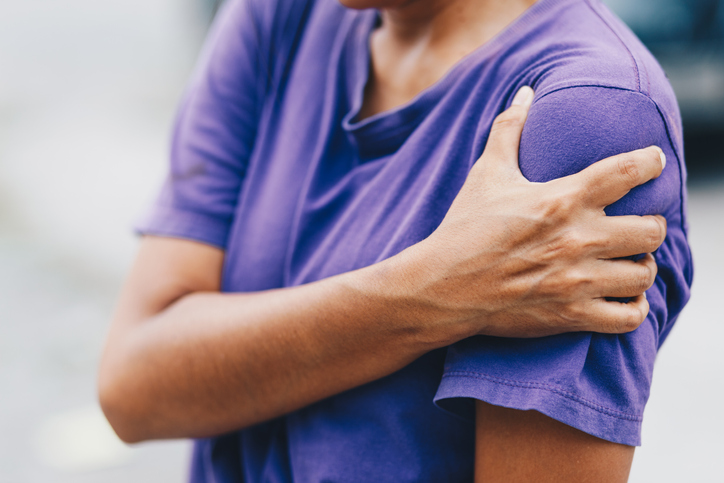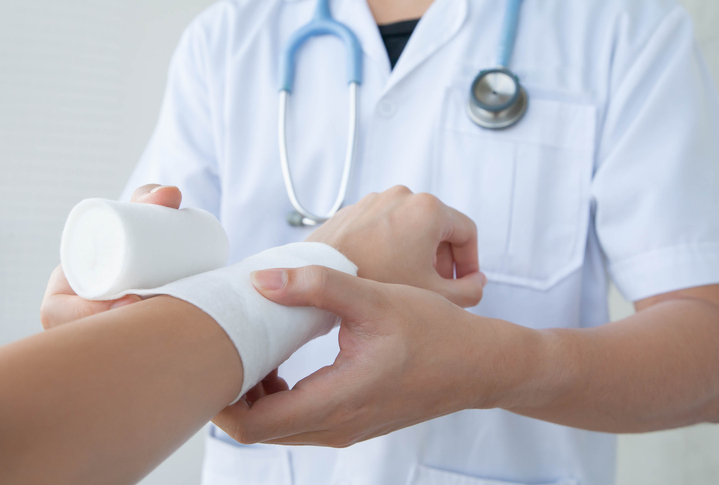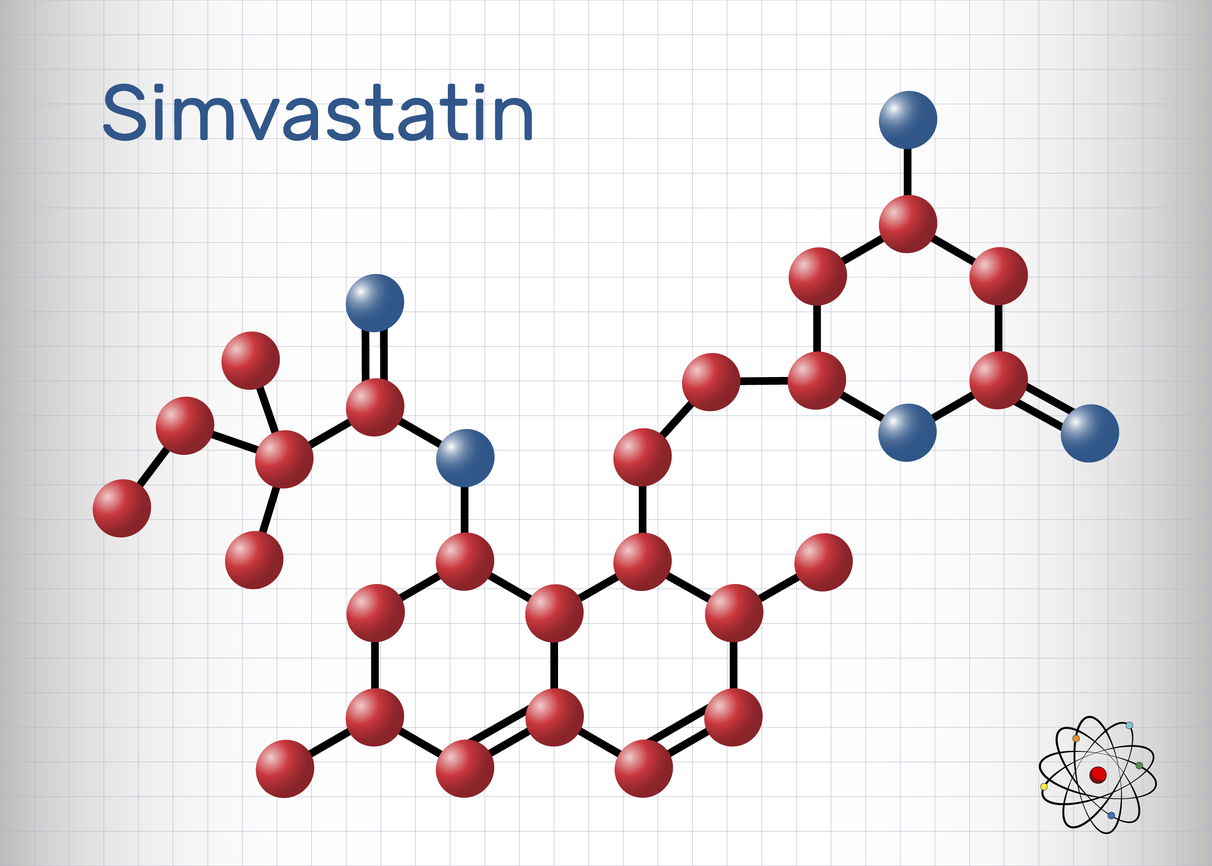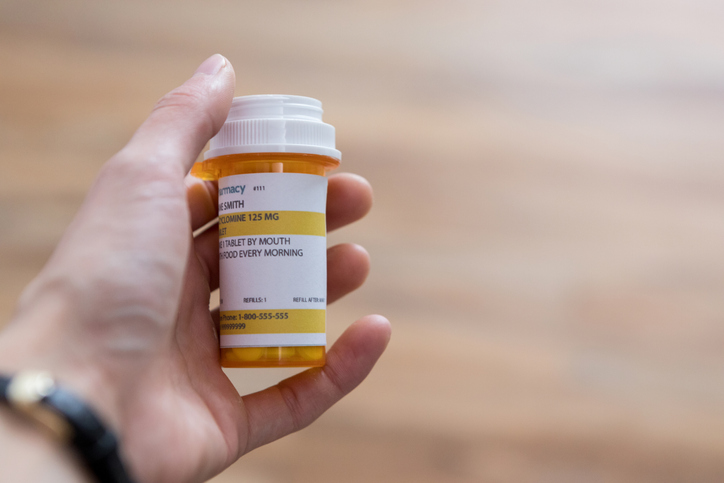Pain
What Is Complex Regional Pain Syndrome (CRPS)?

Complex regional pain syndrome (CRPS), also called reflex sympathetic dystrophy syndrome (RSDS), is a type of chronic pain condition. It typically occurs after an injury and affects one limb (arm, leg, hand or foot). Though complex regional pain syndrome is not yet completely understood, it is believed that CRPS develops when the central or peripheral nervous system is damaged or malfunctions. It may also be caused by an immune system response.
Symptoms
The symptoms of complex regional pain syndrome vary in intensity and duration. The main symptom of CRPS is severe pain in the affected limb that seems disproportionate to the initial injury or medical condition. The pain typically gets worse over time. It may spread throughout the limb or even to an unaffected limb. Over time, individuals with CRPS often experience other symptoms in the affected area. The symptoms of CRPS typically fall into three stages:
Stage 1 (one to three months)
- Severe burning, throbbing or “pins and needles” sensations
- Skin temperature changes (clammy, cold or sweaty skin)
- Skin color changes (mottled, red, blue or pale)
- Skin texture changes (thin, shiny or tender)
- Sensitivity to touch (allodynia) and temperature
- Muscle tremors, spasms or jerks
- Swollen and stiff joints
- Rapid hair and nail growth
Stage 2 (three to six months)
- Worsening pain
- Spreading pain
- Continued skin changes
- Hard, brittle, and easily cracked nails
- Hair growth slows
- Muscle weakness
- Increased swelling and stiffening of joints
Stage 3 (beyond six months)
- Dry, pale, cool and shiny skin
- Decreased mobility of the affected limb
- Muscle wasting (atrophy)
Who is at risk?
Ninety percent of individuals with complex regional pain syndrome develop it after experiencing an injury or trauma to the affected limb. The reason why some individuals develop CRPS — and others don’t — is unclear. Triggers that can lead to the development of CRPS include, but are not limited to, the following:
- Sprains/strains or fractures
- Soft tissue injuries
- Nerve injuries
- Infections
- Immobilization of a limb (such as using a splint or cast)
- Amputations
- Surgeries
- Heart attacks or strokes
Females are more likely than males to develop complex regional pain syndrome. Although the peak age for CRPS is 40, anyone at any age can develop the condition.


















